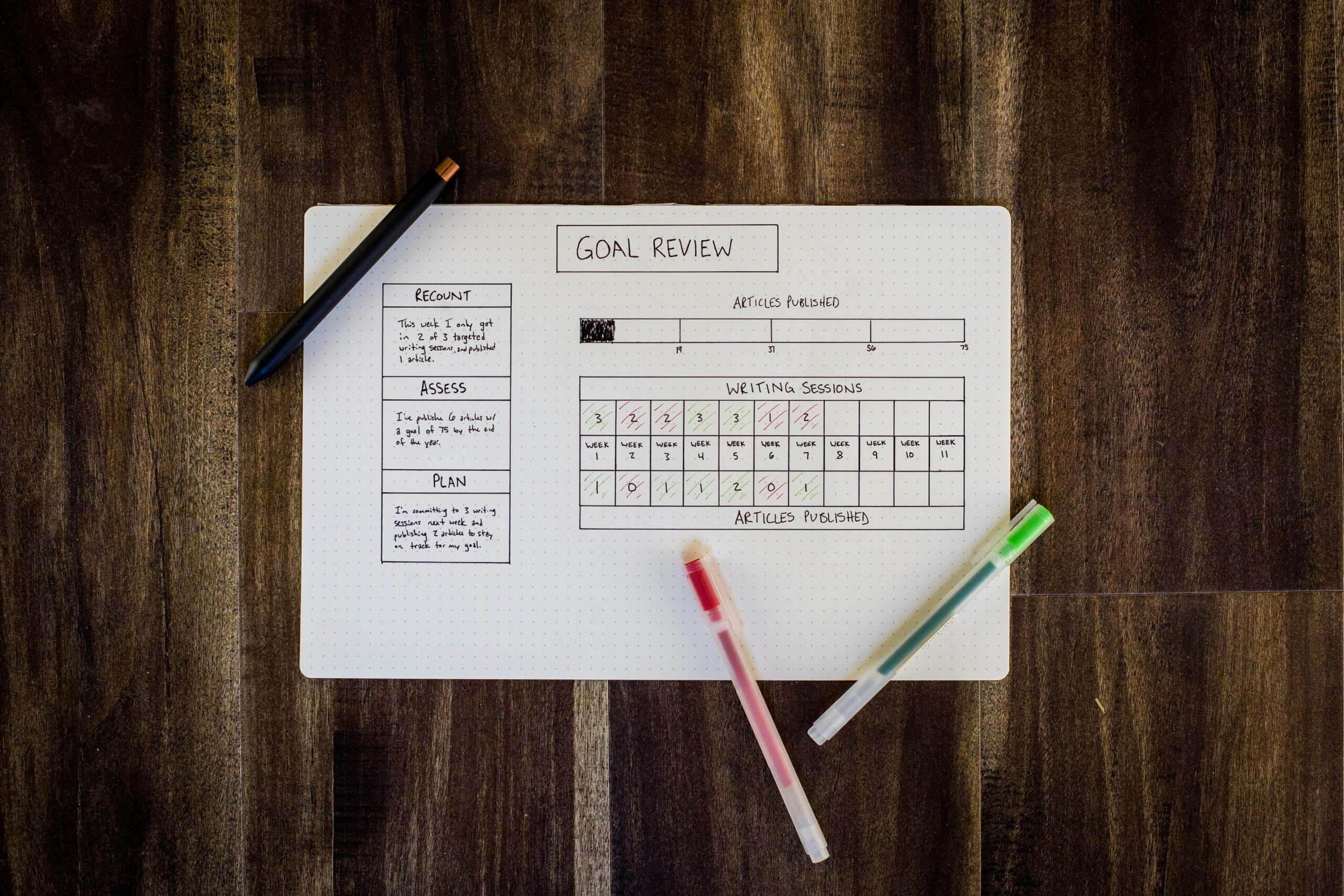I recently attended a complex trauma training with insights from Dr. Bruce Perry. Dr. Perry has contributed significantly to this field in understanding how childhood trauma, abuse, and neglect have impacted the developing brain. With this research and knowledge, we’re equipped to understand how childhood experiences impact the biology of the brain and our overall well being.
For today, let’s look at stress; a universal experience.
Dr. Perry identified two types of stress. Not to minimize each as in “good” or “bad,” but for ease of conceptualizing, let’s utilize these terms.
- “Good” stress is predictable, moderate in intensity, and controllable. Experiencing stress like this allows us to build our resilience and tolerance therefore creating a flexible stress response.
- “Bad” stress is unpredictable, chaotic, extreme, and prolonged which increases sensitivity towards it, and increases vulnerability. This creates an overactive and dysfunctional stress response.
These are also on both extreme sides of the spectrum. Most of the population falls somewhere in the middle. Also, an important factor in this is time. If you have experienced years of “bad” stress, and you face a moment of “good” stress, the potential response is already woven into the fabric of your brain, creating an automatic response.
Let’s use a planned, upcoming move as an example. If someone experienced “good” stress for the majority of their life, the move may cause some aggravation with coordinating the moving truck, helping hands, and hoping for decent weather. All annoying, yet all manageable. If someone has experienced “bad” stress, this move may cause feelings of resistance or paralysis. To the outsider, this person may seem “dramatic” or “unreasonable.”
So what is going on biologically? Most people have heard of fight, flight, or freeze. Dr. Perry adds the concept flock as well. Let’s look at each state in the level of severity, starting from minimal to extreme:
- Reflect. This is a creative state happening in your cortex (responsible for thinking, language, values, and hope). This leads to feelings of reflection and abstract thought. This is a calm and restful state.
- Flock. This is an alert state happening in your cortex and your limbic system (responsible for reward, memory, and emotions). This leads to feelings of hypervigilence (increased awareness to a threat). Cognitively, thought processes will become concrete. “Is moving even a good idea?”
- Freeze. This is an alarm state happening in your limbic system and your forebrain (sleep, appetite, movement). This leads to resistence, increased thought to comply and an increase in emotional reactions. “I haven’t slept all night because of this move and I can’t stop crying”
- Flight. This is a fearful state happening in your forebrain and brainstem (temperature control, respiration, cardiac). This leads to defiance and dissociation (paralysis, catatonia) where thoughts become reactive. Thoughts may not be accessible but can sound like “I’m overheating so I’ll stay here.”
- Fight. This state is primarily housed in your brainstem and can result in an automatic physiological response such as collapsing from fainting. This is reflexive and not a response that one would choose to have. Again, thoughts may not be accessible but could sound like “I can’t breath, my heart is racing.”
Why is understanding the brain stuff important?
The brain stuff is what predicts the response to the event. Someone who has experienced “bad” stress, starting in childhood, has an increased chance of falling into any one of these 4 states.
So what can we do?
To lean towards the “good” stress side of the spectrum, you can create daily, predictable structure, limit media consumption, exercise, eat nutritional foods, boost your sleep hygiene, and create community. “Bad” stress is perpetuated by the lack of routine, isolation, unhealthy sleep, food, and exercise habits. I also want to note that extreme adversity (poverty, racism, homelessness, domestic violence, community violence) are not solely solved by the habits listed above.
Working with your therapist in understanding and processing what you are feeling in the moment, both mentally (e.g. sad, scared), and physiologically (e.g. sweaty, racing heart) can help make sense to previous experiences and help transition to what you can do in the present and future.






